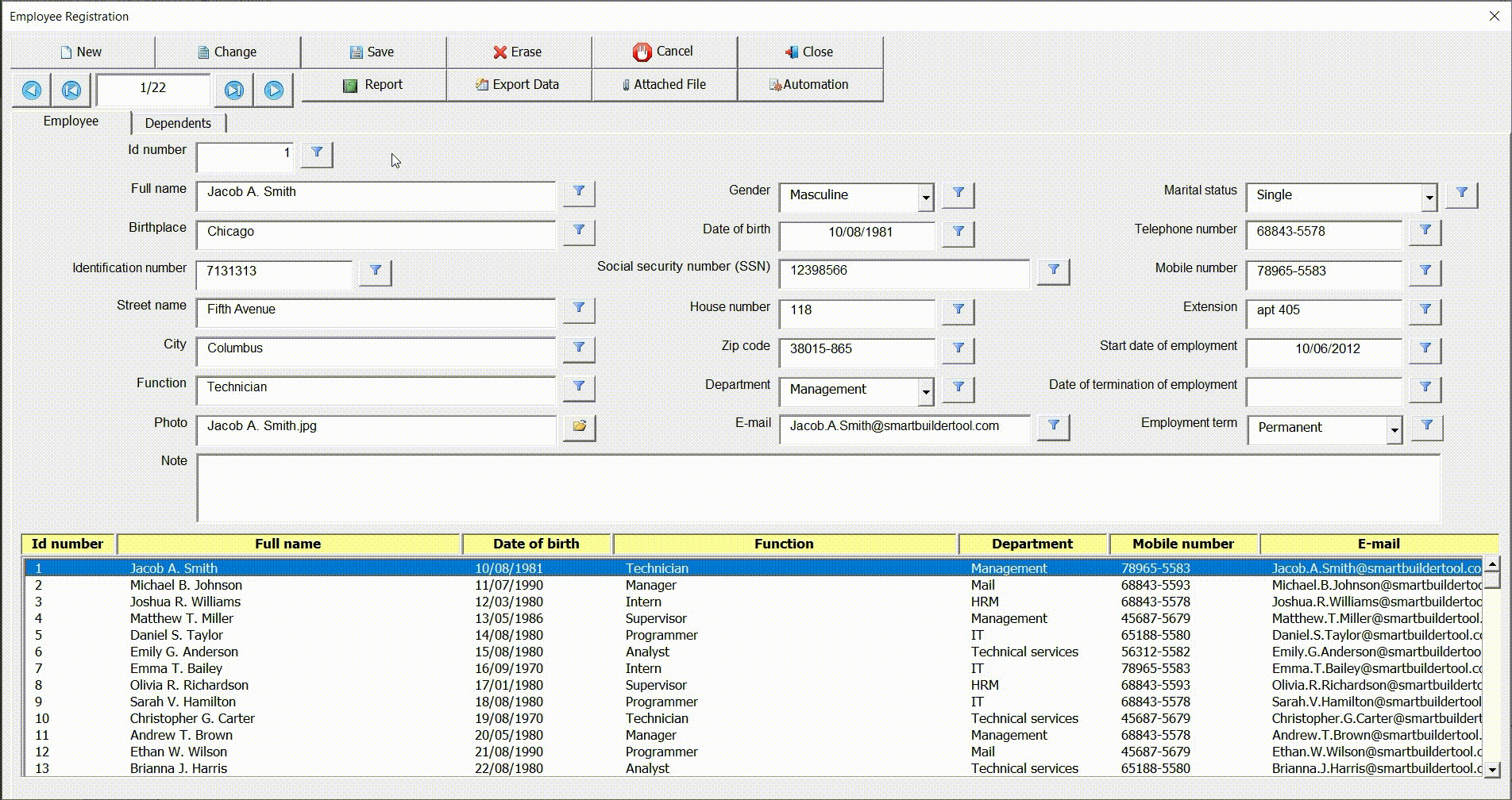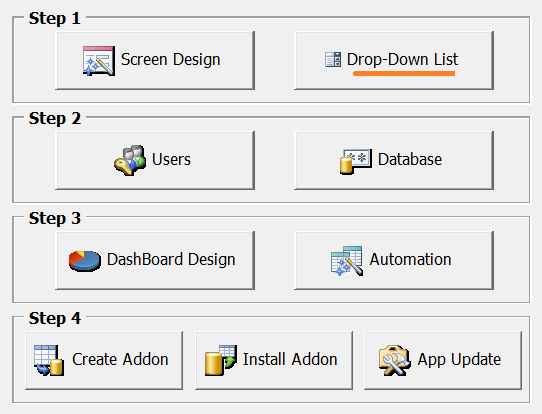A drop-down list allows the user to choose a value from a list. When a drop-down list is inactive, it displays a single value. When enabled, displays a list of values, from which the user can select one. A drop-down list is a simple method of showing a large list of options, as only one option is initially displayed until the user activates the drop-down box.
Benefits of a drop-down list
Listed below are some benefits of using drop-down lists.
- Drop-down lists help people work more efficiently by allowing them to quickly choose an item from a list, as well as standardizing possible values in a given field.

- Standardizing the values allows you to apply filters more easily

- The standardization of values helps the creation of workflows.
In the image below, the field called (Follow-up) is of type dropdown. We see in this image that some of the items in the list are tested and, depending on the value of the field, a specific action is performed.

Data source from a drop-down list
All items displayed when a drop-down list is active come from a table. All user-created tables can be used as a data source for a drop-down list.
There are three distinct sets of tables that can be used as a data source for a dropdown list, they are:
- Tables created by option (Drop-Down List)

This option quickly creates tables for exclusive use as a data source for drop-down list fields. Tables for data source fields such as sex, marital status, relationship can be quickly created using this option.
- Table (User Table)

This table is used to store information about the application’s users. When a user logs into the application, their information is stored in memory. The information of who is logged into the system can be very useful for creating workflows.
- Tables created by option (Screen Design)

Whenever a new UI is created, at least one table will be generated (one table for each UI tab) to store the information for that UI. These tables can be used as a data source for a drop-down list.
Create a drop-down list
Regardless of the data source, the procedure for creating a drop-down list field is the same. Just select the data source and the fields that should appear from the drop-down list. The complete procedure to create a drop-down list is described in the topic (Drop-down List).



Post your comment on this topic.